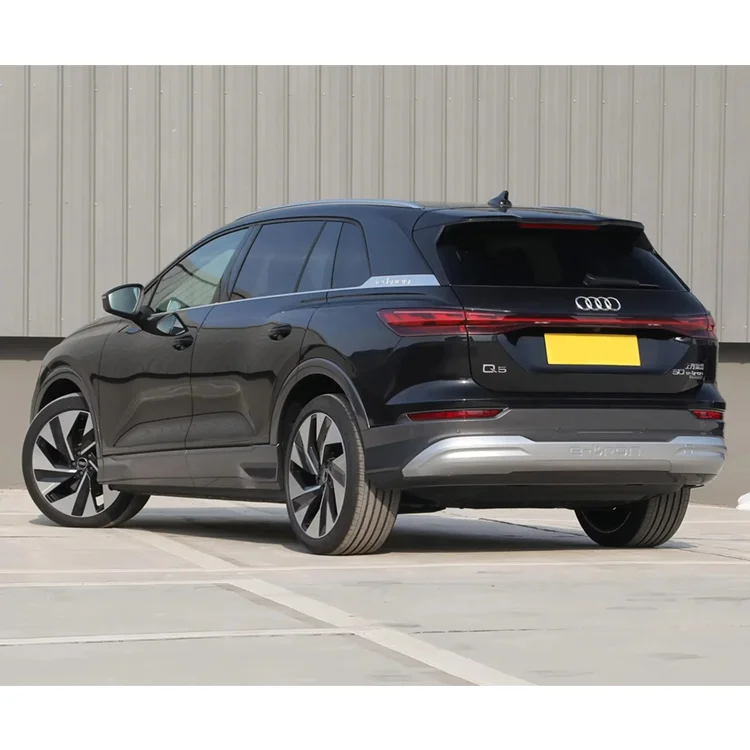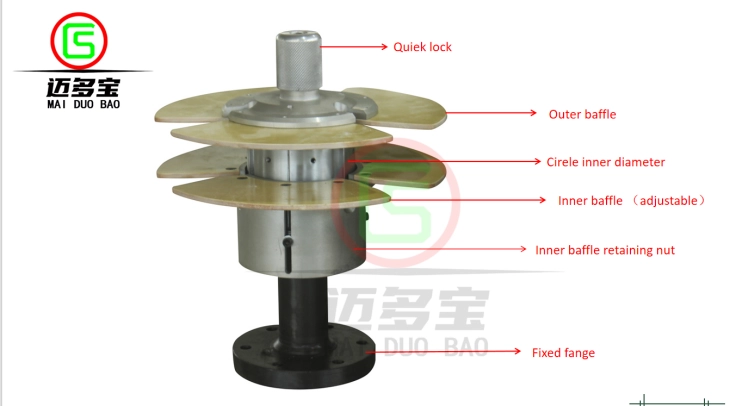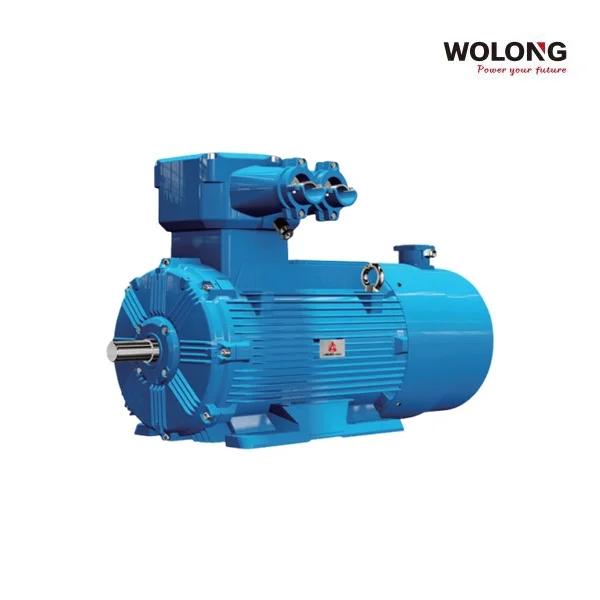Brushless motors have gained immense popularity in various applications, from electric vehicles to drones and industrial machinery. Their advantages, such as higher efficiency, longer lifespan, and reduced maintenance, make them an appealing choice for engineers and manufacturers alike. However, like any technology, brushless motors come with their own set of downsides that are often overlooked. In this article, we will delve into the hidden challenges associated with brushless motors, providing a nuanced understanding for those considering their implementation.
- Complexity of Control Systems
One of the primary downsides of brushless motors is the complexity of their control systems. Unlike brushed motors, which can be operated with simple voltage control, brushless motors require sophisticated electronic speed controllers (ESCs) to manage their operation. These controllers must precisely time the current supplied to the motor phases to ensure smooth operation. The complexity of these systems can lead to increased costs and potential reliability issues, particularly in applications where failure is not an option.
- Higher Initial Costs
While brushless motors can offer cost savings over their lifespan due to lower maintenance and higher efficiency, the initial investment is often significantly higher than that of brushed motors. The need for advanced electronics and the manufacturing processes involved in producing brushless motors contribute to this higher upfront cost. For small-scale applications or startups with limited budgets, this can be a significant barrier to entry.
- Sensitivity to Environmental Conditions
Brushless motors are generally more sensitive to environmental conditions than their brushed counterparts. Factors such as temperature, humidity, and exposure to dust or moisture can adversely affect their performance. For instance, high temperatures can lead to overheating, which may damage the motor or reduce its lifespan. In applications where motors are exposed to harsh environments, additional protective measures may be necessary, further increasing costs and complexity.
- Limited Torque at Low Speeds
Another downside of brushless motors is their performance at low speeds. While they excel in high-speed applications, they can struggle to produce adequate torque at lower speeds. This limitation can be particularly problematic in applications requiring precise control at low RPMs, such as robotics or certain industrial processes. Engineers must carefully consider the torque-speed characteristics of brushless motors when designing systems that demand high performance across a wide range of speeds.
- Electromagnetic Interference (EMI)
Brushless motors can generate significant electromagnetic interference (EMI) due to their switching characteristics. This interference can affect nearby electronic devices and systems, leading to performance issues or even failure. In sensitive applications, such as medical devices or communication systems, mitigating EMI becomes a critical concern. Engineers must implement shielding and filtering solutions, which can add to the overall complexity and cost of the system.
- Maintenance of Electronic Components
While brushless motors themselves require less maintenance than brushed motors, the associated electronic components, such as ESCs and sensors, may require regular attention. These components can be susceptible to wear and tear, particularly in demanding applications. Additionally, troubleshooting issues related to these electronic systems can be more complex than addressing mechanical problems in brushed motors, requiring specialized knowledge and tools.
- Limited Availability of Replacement Parts
As brushless motors become more specialized, the availability of replacement parts can become an issue. Unlike brushed motors, which have a wide range of off-the-shelf components, brushless motors often rely on proprietary parts that may not be readily available. This can lead to extended downtime in the event of a failure, impacting productivity and increasing operational costs.
Conclusion
While brushless motors offer numerous advantages, it is essential to consider their downsides before making a decision. The complexity of control systems, higher initial costs, sensitivity to environmental conditions, limited low-speed torque, EMI concerns, maintenance of electronic components, and limited availability of replacement parts are all critical factors that can influence the overall performance and reliability of brushless motor systems. By understanding these challenges, engineers and manufacturers can make informed decisions that align with their specific application requirements, ultimately leading to more successful outcomes in their projects.






